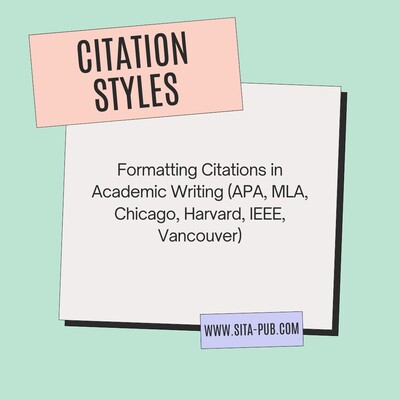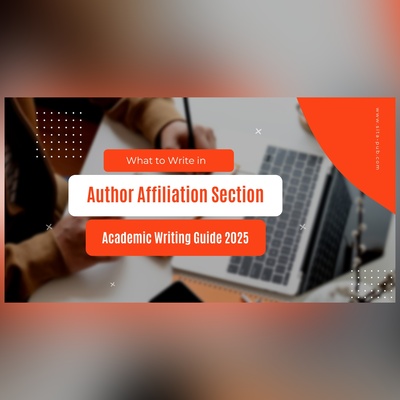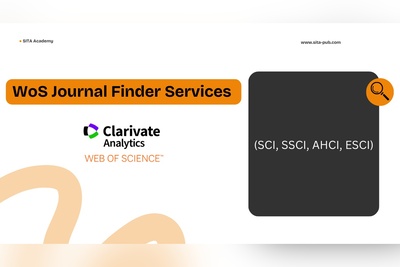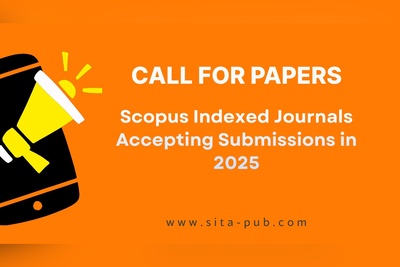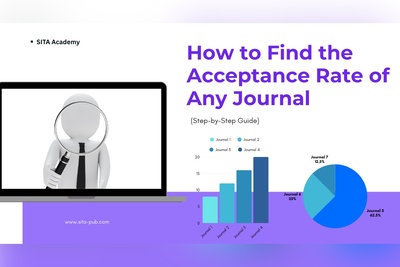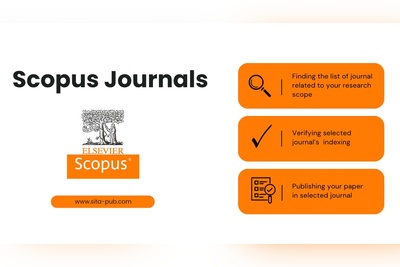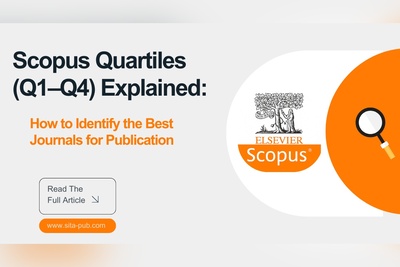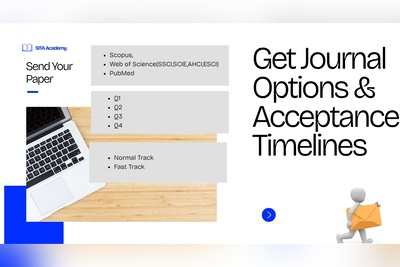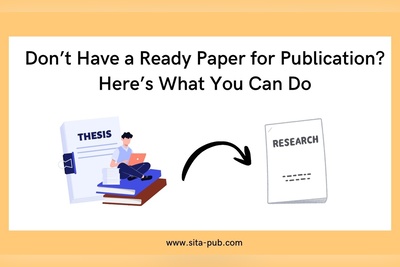Tips on Formatting Manuscripts: Figures, Citations, References, and Structure
A complete guide to manuscript formatting for researchers — includes tips on figures, citations, structure, and how to follow journal author guidelines effectively.
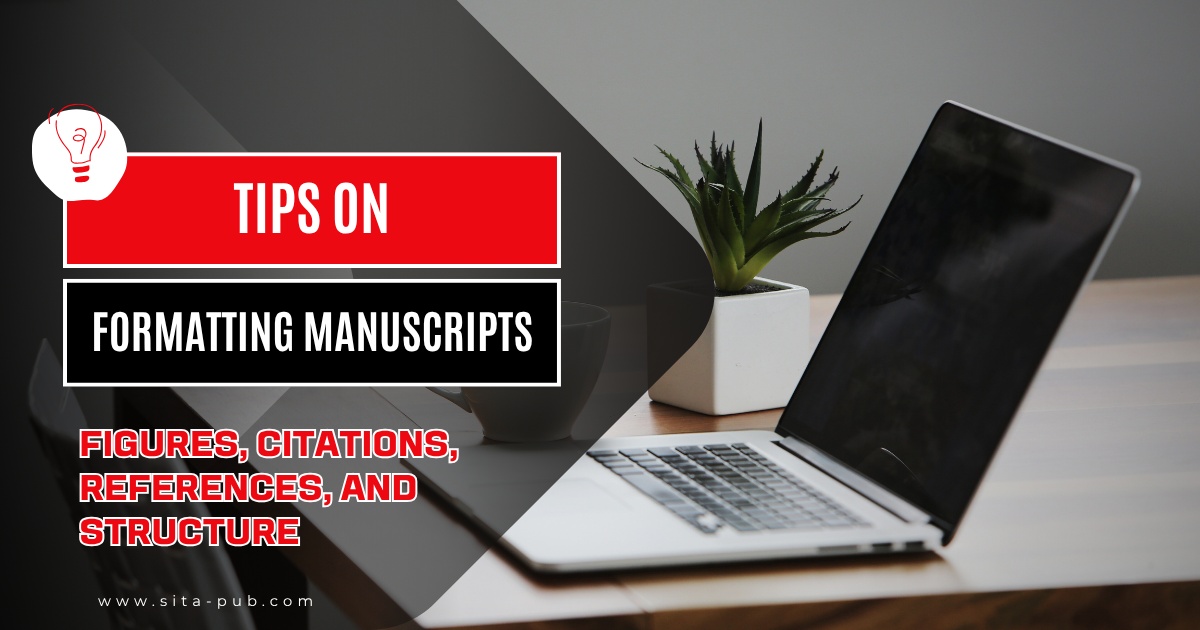
For many researchers, finishing the research and writing the manuscript is just the first step. After this, the next critical phase is formatting the manuscript according to the target journal’s guidelines. Incorrect formatting is one of the most common reasons papers are rejected during desk review, even if the research itself is excellent.
Proper formatting demonstrates professionalism, attention to detail, and respect for the journal’s submission process. It also helps reviewers focus on the scientific content instead of being distracted by inconsistencies in structure, citations, or figures.
In this guide, we’ll provide a practical, step-by-step approach to formatting manuscripts correctly for submission, covering figures, citations, references, and overall structure.
Why Formatting Matters
Facilitates the peer-review process – Well-formatted manuscripts make it easier for reviewers to read, understand, and evaluate your work.
Prevents desk rejection – Many journals reject papers outright if they do not comply with formatting guidelines.
Ensures indexing accuracy – Proper citations and references help databases like Scopus or Web of Science index your paper correctly.
Demonstrates professionalism – Clean, consistent formatting reflects the credibility of the author.

How to Know the Journal’s Guidelines
Before formatting your manuscript, you must check the journal’s requirements. Here’s how:
Step 1: Visit the Journal’s Website
Navigate to the “Author Guidelines” or “Instructions for Authors” section.
Download the Word template or LaTeX template if provided.
Step 2: Review Specific Instructions
File type: Word, LaTeX, PDF, or online submission forms.
Word limit: Total words, abstract length, figure/table limits.
Citation style: APA, Chicago, Vancouver, Harvard, IEEE, etc.
Figures and tables: Size, resolution, captions, and placement.
Section headings: Required order of Introduction, Methods, Results, Discussion, Conclusion.
Step 3: Cross-Check Previous Publications
Look at 2–3 recently published papers in the journal to see how formatting is applied in practice.
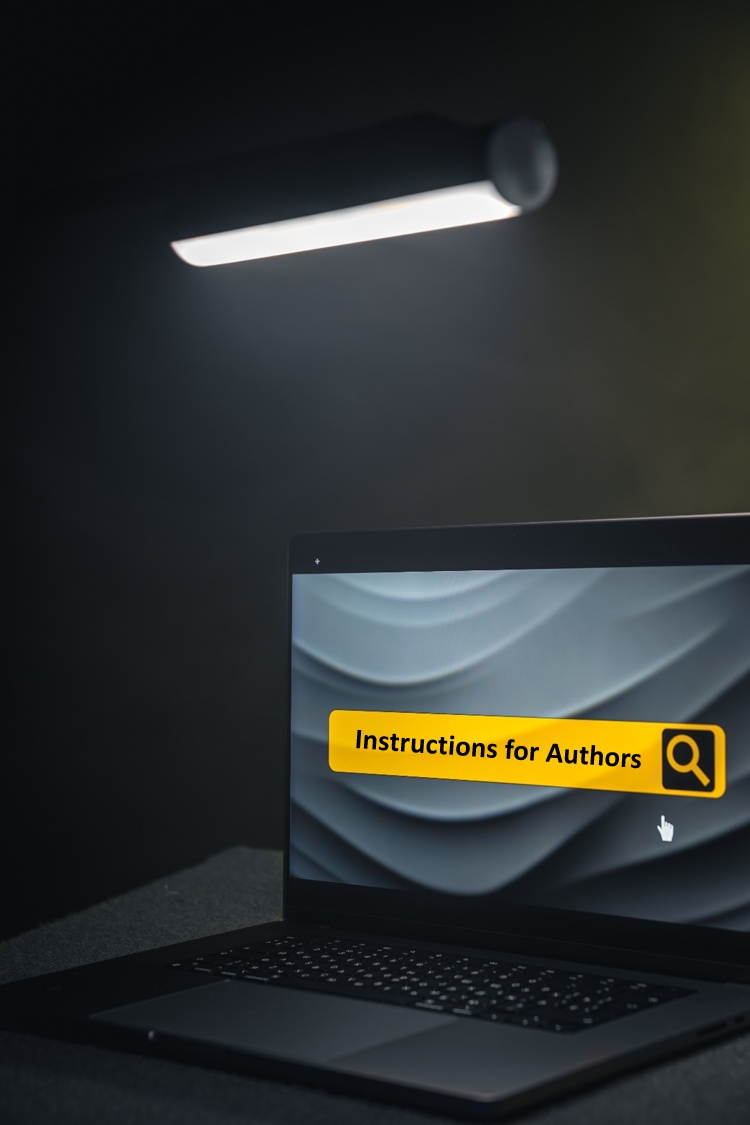
Formatting Manuscripts: Step-by-Step
Structure of the Manuscript
Most journals require the following standard structure, though small variations exist:
Section | Description | Tips |
Title | Concise, informative | Avoid abbreviations; use main keywords |
Authors & Affiliations | Full names, emails, ORCID | Follow international format for institution names |
Abstract | 150–300 words (journal dependent) | Summarize problem, methods, results, conclusion |
Keywords | 3–6 keywords | Use terms consistent with journal indexing |
Introduction | Background, problem, significance | Avoid lengthy literature review; focus on gap |
Methods | Detailed methodology | Include enough detail for reproducibility |
Results | Findings in text, tables, figures | Label tables/figures clearly; refer in text |
Discussion | Interpretation, implications | Compare with previous studies |
Conclusion | Summary & future directions | Keep concise; avoid repeating entire discussion |
Acknowledgements | Optional | Funding, assistance, or institution recognition |
References | Journal-specific style | Ensure consistency; check DOI links |
Supplementary Material | Optional | Raw data, additional figures, protocols |
Figures and Tables
Figures:
Preferred formats: PNG, TIFF, JPEG.
Resolution: ≥300 dpi for images; ≥600 dpi for line art.
Include numbering (Figure 1, 2, …) and clear captions below each figure.
Mention each figure in the text: “As shown in Figure 2…”
Tables:
Numbered consecutively (Table 1, 2, …).
Include descriptive titles above tables.
Avoid vertical lines; horizontal lines are generally acceptable.
Ensure consistent font and alignment.
Tips:
Use the same font type and size as the main text.
Avoid overcrowded figures; separate complex figures into panels.
Ensure all abbreviations are defined in captions.
Related Article
Citations and References
Different journals follow different citation styles. Using the correct style is critical for acceptance.
Style | In-Text Citation | Reference List Example |
APA | (Smith, 2023) | Smith, J. (2023). Title. Journal Name, 10(3), 123–130. |
IEEE | [1] | [1] J. Smith, “Title,” Journal Name, vol. 10, no. 3, pp. 123–130, 2023. |
Vancouver | (1) | 1. Smith J. Title. Journal Name. 2023;10(3):123–130. |
Harvard | (Smith, 2023) | Smith, J., 2023. Title. Journal Name, 10(3), pp.123–130. |
Tips:
Use reference management software (Zotero, EndNote, Mendeley) to prevent errors.
Check journal instructions for DOI requirements.
Ensure every in-text citation has a corresponding reference.
Related Article
Formatting Across Different Journals
Elsevier Journals:
LaTeX or Word templates available.
Numbered references (Vancouver style) or APA style depending on journal.
Figures embedded at the end or in-text (check specific journal).
Springer Journals:
Word or LaTeX templates provided.
APA or numbered references.
High-resolution figures preferred.
Taylor & Francis / Routledge:
Often APA or Chicago style.
Figures and tables embedded with captions.
Supplementary files accepted online.
IEEE Journals:
Standard IEEE style.
Use double-column format if required.
Figures placed at the top or bottom of the page.
Tips for All Journals:
Always use the provided templates if available.
Follow the font, spacing, and margin requirements.
Double-check numbering of figures, tables, and references.
Author Affiliation and Metadata
Before submission, ensure:
Full names of authors, affiliations, and emails are correct.
Corresponding author clearly identified.
ORCID IDs added if required.
Institution names in English if the journal is international.
Common Mistakes to Avoid
Not following journal-specific templates.
Incorrect figure resolution or format.
Inconsistent reference style.
Mixing different fonts or sizes.
Forgetting to define abbreviations in text or captions.
Conclusion
Proper manuscript formatting is just as important as the research content. A well-formatted manuscript:
Passes desk review quickly.
Reduces reviewer confusion.
Increases chances of acceptance and publication.
Investing time in formatting saves months of potential delays. Following journal guidelines meticulously is a non-negotiable step for researchers aiming to publish in top-tier journals.
SITA Academy Publication Support
At SITA Academy, we assist researchers in preparing manuscripts for submission to international journals, including Scopus and Web of Science-indexed publications. Our services include:
Journal recommendation – Selecting the most suitable journal for your research.
Formatting support – Figures, tables, references, and structure aligned with journal requirements.
Technical quality improvement – Plagiarism check, professional English editing, and reference verification.
Submission assistance – Ensuring a smooth submission process and communication with editors.
Send your manuscript to us today and let our experts guide you to successful publication.

Verified Contact Channels
If you have any questions, inquiries, or would like to learn more about our services, please don't hesitate to reach out to us. Our dedicated team is ready to assist you.

